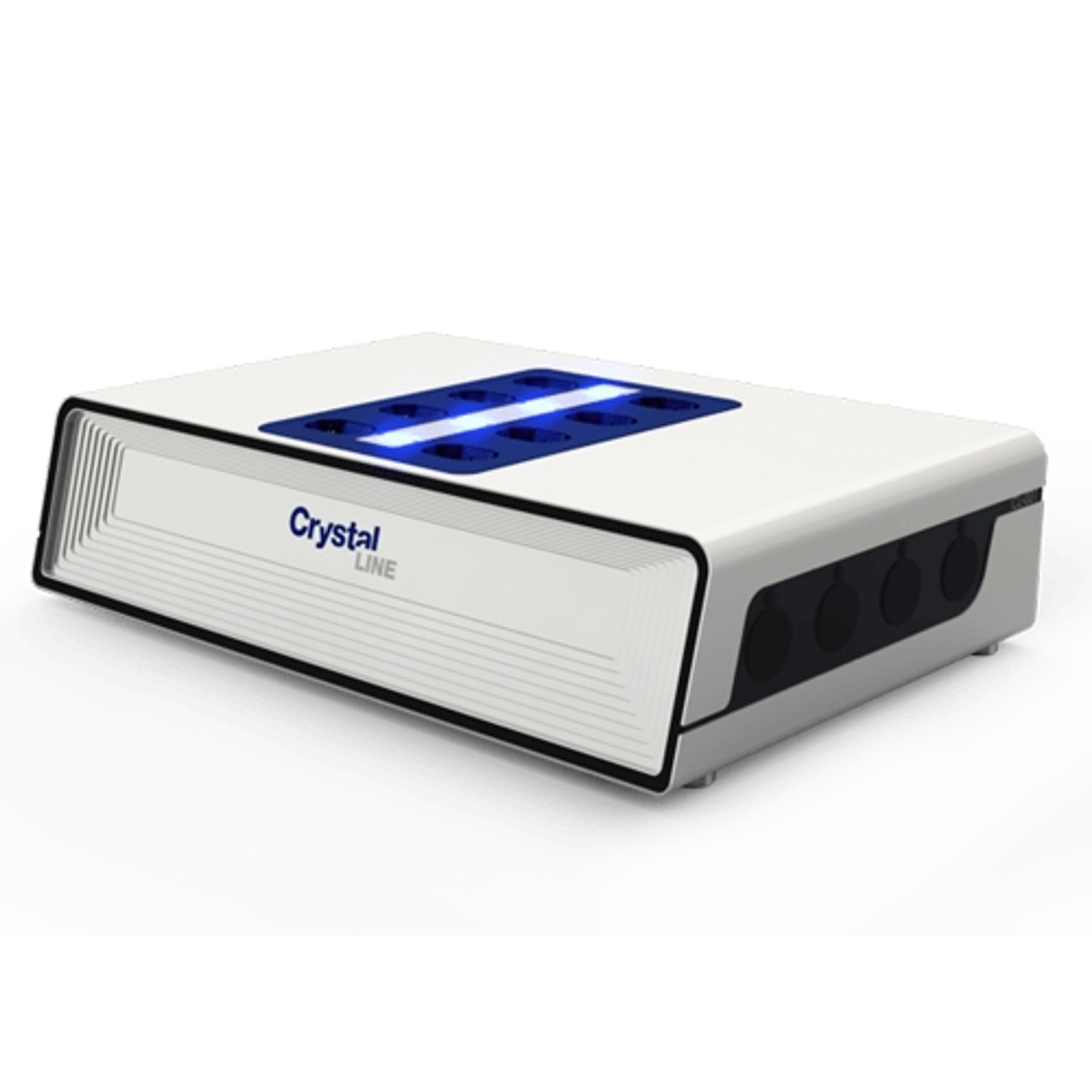Enhancing crystallization and formulation processes with new Crystalline PV/RR
Improved optics and state-of-the art software based on AI analysis for monitoring crystallization processes
16 Nov 2022Laboratory technology provider Technobis Crystallization Systems has launched the Crystalline Version 2, the eight -reactor parallel crystallizer for formulation and particle visualization. The latest version comes with eight in-line particle view optics and AI-based image analysis, making it easier for chemists to visualize crystallization information on a micrometer scale.
During crystallization experiments, it is often difficult to visualize particles at milliliter volumes. This is because samples are often too small to get clear results and there is no screening device on the market that will perform experiments and analyze material simultaneously. Chemists will often resort to removing samples from the process and placing them under spectrometers and microscopes, to obtain information about chemical composition.
“To make it possible for customers to visualize their crystallization processes without taking samples offline, Technobis Crystallization Systems introduced the scientific community to the original Crystalline benchtop crystallization system in 2009,” explains Dr Carmen Guguta, Global Head of Business Development and Marketing at Technobis Crystallization Systems. “The instrument could control the temperature in four or eight independently controlled reactors, generating data on particle size distribution and shape on a micrometer scale. This is possible using particle view imaging and/or Raman optics.”
“However, as the demand for innovative pharmaceutical products is growing due to the need to treat an ageing population with increasingly complex conditions, laboratories are under increased pressure to save on resources and develop smarter, more efficient processes. Therefore, chemists must complete a wider range of crystallization and formulation experiments using much smaller amounts of samples.” continued Guguta.
The new Crystalline Version 2 expands on the success of the previous model, working at volumes between 2.5 and 5 milliliters in a temperature range of -25 to 150 degrees Celsius. The eight cameras are positioned in a standard configuration, capable of up to six times magnification reaching a resolution of 0.63 microns per pixel. This can be reached without any problems, making information close to nano scale easily available throughout the experiments. This includes information on nucleation, growth, and
agglomeration.
The advanced in-line particle viewing cameras and AI based software of the Crystalline Version 2 helps the user to reliably monitor, design, and optimize the crystallization processes. The software allows the detection of different crystal shapes and sizes, which the user needs to obtain the three-dimensional reconstruction of the crystals. Furthermore, the front light has twice the intensity of the previous model, allowing operators to visualize particles clearly darker samples. The user can also choose to see their experiments using color cameras.
The Crystalline Version 2 is fully automated using the remote software control function, accessible from anywhere in the world, allowing for easy integration into a robotic data factory set up.
As pressures increase for laboratories to conduct experiments using fewer resources, chemists must take advantage of versatile analytical equipment. This doesn’t have to involve an expensive overhaul of your laboratory, but simply investment in automated benchtop instrumentation with superior optics and imaging, so that every picture tells your story.
Want the latest science news straight to your inbox? Become a SelectScience member for free today>>

